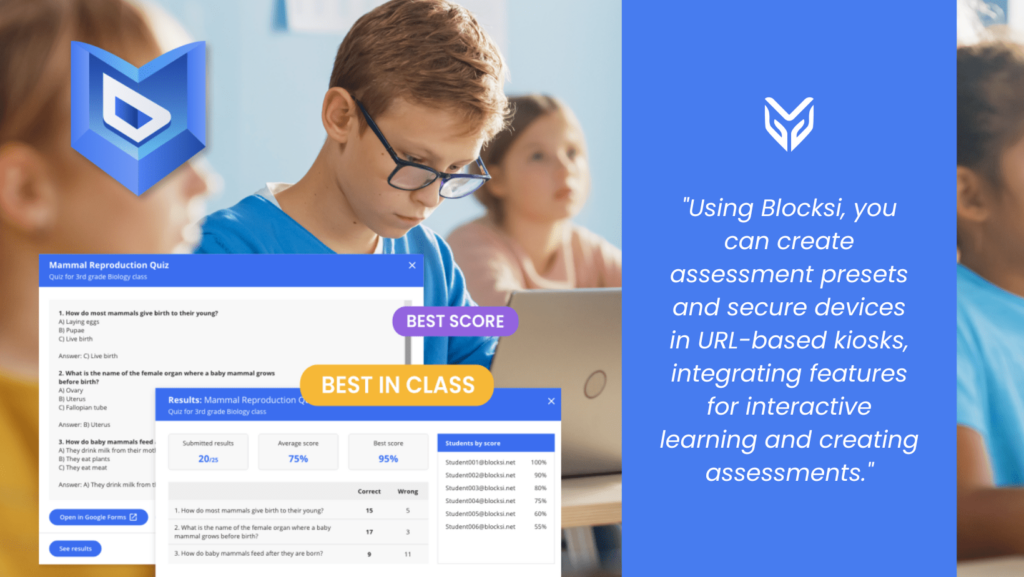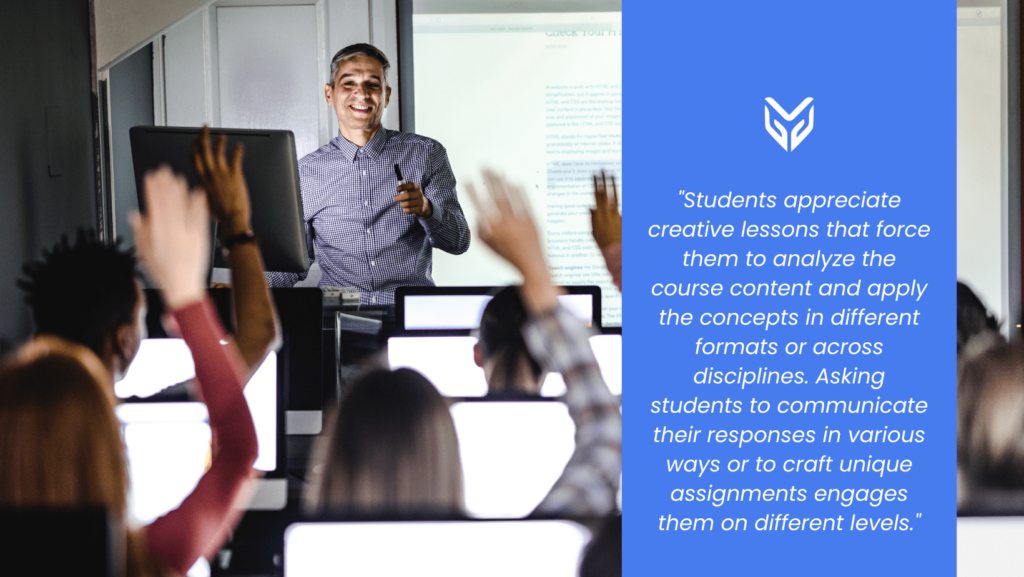NEWS
6 Ways to Keep Students Engaged in Digital Learning

Students and academics have already entered the digital age with the rising popularity of online learning methods. This is an effective way to open up new avenues in terms of teaching and learning, but it also brings along the challenge of how to keep your students engaged in the digital learning activity. But fear not and take a look at six different ways to keep your students engaged in the learning process and focused on their tasks.
1. COLLABORATE
Peers tend to learn better from each other and being part of a group will motivate them to complete their assigned tasks. Well-planned group work can be the perfect opportunity for students to polish their social skills and learn to cooperate.
You can combine popular online conferencing tools and school learning management systems (like Canvas or Microsoft Teams) with software programs like Blocksi, a classroom screen monitoring software, K-12 school web filtering, and student safety. At its classroom monitoring core, it gives greater control of a child’s online content; therefore, they stay focused on their tasks instead of surfing the web and exposing themselves to harmful material. Using it, you can create assessment presets and secure devices in URL-based kiosks, integrating features for interactive learning and creating assessments.

Blocksi also has a group chat feature that helps significantly boost the student’s motivation to learn. Blocksi’s online group chats allow kids to socialize, discuss their coursework with their teacher, and learn together.
2. GET REGULAR FEEDBACK FROM YOUR STUDENTS
Providing regular feedback is essential in any teaching environment, and it’s also vital that your students learn to take it as well as give it. Why? Because it can help them adjust, gain more confidence, better themselves, and communicate their concerns. If you can make them feel cared for, they will be keener to engage in online learning. And, of course, you need to get feedback from your students as well.
Praising your students for a job well done, good behavior, etc., and making this kind of feedback regular can maximize its effectiveness. Ask students questions to try to come up with new ideas that can help them deal with an issue if need be, and remember that student-teacher feedback sessions should be conducted 1-on-1.
Again, a helpful tool to organize 1-on-1 meetings is Blocksi, with which scheduling an online meeting is extremely simple. The teacher can also message an entire class, a specific set of students, or just one student. The chat bubble icon can be used as a direct message. This dialogue can continue as needed.
3. OFFER A WIDE VARIETY OF ASSIGNMENTS
Students appreciate creative lessons that force them to analyze the course content and apply the concepts in different formats or across disciplines. Asking students to communicate their responses in various ways or to craft unique assignments engages them on different levels.

Try providing scaffolded assignments that encourage participation or ask students to submit paper proposals, rough drafts, and final copies to allow for additional communication and opportunities to engage. What’s more — use Blocksi to AI Quiz Generator to generate relevant quizes with a variety of formats in mere seconds.
4. BE PERSONABLE AND LIKABLE
Creating an environment where you’re available, understanding, and helpful will make your students more open and motivated to communicate. Being available also helps students retain knowledge from your lessons. Building a connection with your students increases their engagement in learning online.
Carefully laid out courses and communication plans are a starting point for student engagement, but being a constant presence that teaches the material, directs discussions, and interjects humor is the secret to success.
Show an interest in your students, learn about their lives, and let them express themselves without being judgmental so they can feel seen and heard. This can be done online, too. Also, make turning your cameras on a rule during your online meetings – it’s as important for your students to see you as it is for you to see them.
5. INCLUDE INTERESTING MATERIAL AND DIFFERENT WAYS OF LEARNING (VIDEO, AUDIO, QUIZZES…)
This may sound cliche, almost as if it should go without saying, but it’s imperative to give students something more than a plain lecture packed with facts and instructions only. What can you do instead? You can either prepare or find materials regarding the topic that are easier to digest or even designed to be a little extraordinary. This will be perfect if your goal is to make your lessons more interactive and will naturally encourage student engagement.

A great way to make your education a little more engaging is to use rich media resources, such as pictures, animations, moving images, and recorded audio and video. Using these tools will make your students more likely to engage in a task together and raise their thinking levels at an educational level as well.
When teaching online, you’re in no way limited to just talking your way through a virtual conference. You can also use a digital whiteboard to present information and solve problems with your students, show pictures and charts, and play clips, podcasts, and YouTube videos.
6. TAKE REGULAR BREAKS
It may seem counter-intuitive, but taking regular breaks is vital for the learning process, especially when it comes to online classes. Kids need a break from staring at screens for long periods of time, and outdoor activities can help break up the day while giving your kids a chance to exercise, get their blood flowing, and get some fresh air!
Whether by setting alarms or preparing a flexible schedule, make sure you let your child know when is a good time to take a proper break. Remembering to take regular, meaningful breaks will considerably enhance your child’s focus and retention capacity, thus enabling them to feel refreshed, active, and rejuvenated instead of overworked, strained, and exhausted.
The most important thing is to understand why it is hard for students to stay focused. In an online environment, a lot of information competes for the students’ attention. Most students are looking for some form of entertainment, which they get while watching TV or playing video games. They also have difficulty staying focused because they are not physically present in the classroom and must be highly motivated to keep up and engaged with the class. We need to understand that this is a temporary problem, and with time, as the idea of online learning becomes more mainstream, and student comfort increases, the current issues related to engagement should be resolved.
SOURCES:





